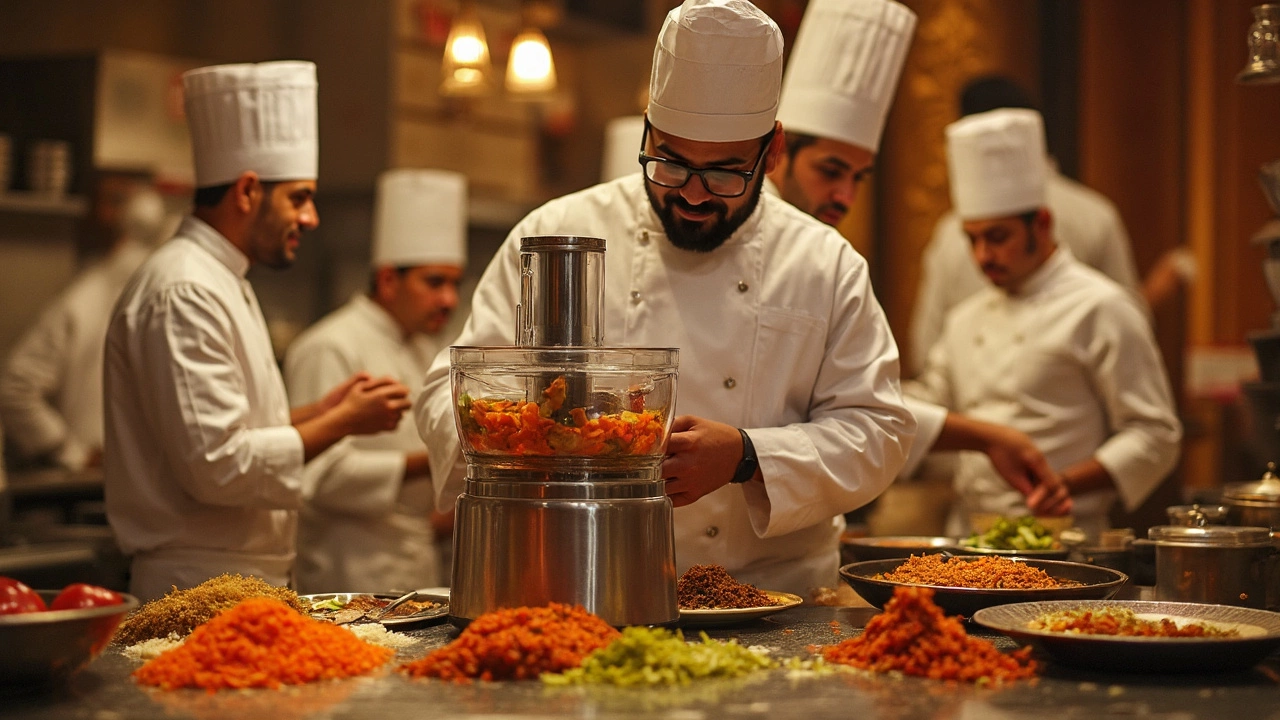Food Preparation Basics for Manufacturers
When you think about food preparation, the first thing that comes to mind is a clean kitchen and a reliable recipe. For a factory, though, the rules get a bit tougher. You need clear measurements, strict safety steps, and a layout that keeps waste low. Below are the core ideas that help turn raw ingredients into a finished product without a hitch.
Understand Food Units and Why They Matter
Every ingredient you use has a unit – grams, litres, or even pieces. Knowing the exact unit prevents over‑mixing, under‑cooking, and costly mistakes. For example, a dough recipe that calls for 500 g of flour will behave very differently if you accidentally measure 500 ml. The difference shows up in texture, shelf‑life, and customer satisfaction.
Most Indian food plants standardise on metric units because the supply chain already uses them. Set up a master chart that lists every raw material, its preferred unit, and the conversion factor to other common units. Train the line staff to check the chart before every batch. A quick glance at the chart can save hours of re‑work.
5S: The Simple System That Keeps Your Facility Clean and Efficient
5S is a Japanese method that breaks down into Sort, Set in order, Shine, Standardise, and Sustain. Applied to food preparation, it means you only keep what you need at the workbench, label everything, wipe surfaces regularly, write clear SOPs, and audit the process daily.
Start with a walk‑through of your processing area. Remove any tools that don’t belong, then organise the remaining ones by frequency of use. Colour‑code bins for raw material, in‑process, and finished goods. When everyone knows where things belong, you cut down on cross‑contamination and speed up changeovers.
Shine the area at the end of each shift. A wet mop, a quick sanitiser spray, and a checklist ensure no residue is left behind. Standardise the cleaning steps in a visible poster. Finally, make 5S a habit – schedule a short review every week and reward teams that keep the floor tidy.
Combining accurate food units with a solid 5S routine gives you two powerful tools. You’ll see fewer batch rejections, lower waste, and a smoother flow from raw material to packed product.
Remember, food preparation isn’t just a step in the line – it’s the foundation of quality. Keep measurements exact, keep the floor clean, and keep the team informed. Those simple habits translate into products that meet safety standards, taste great, and keep customers coming back.

Do Restaurants Use Food Processors?
Ever wondered how your favorite restaurant whips up meals with such speed and consistency? It's not just about having a skilled chef at the helm; food processors are often the unsung heroes behind the scenes. From slicing to dicing, these machines save time and ensure uniformity in every dish. Restaurants rely on food processors to enhance efficiency and elevate the dining experience.
Read More